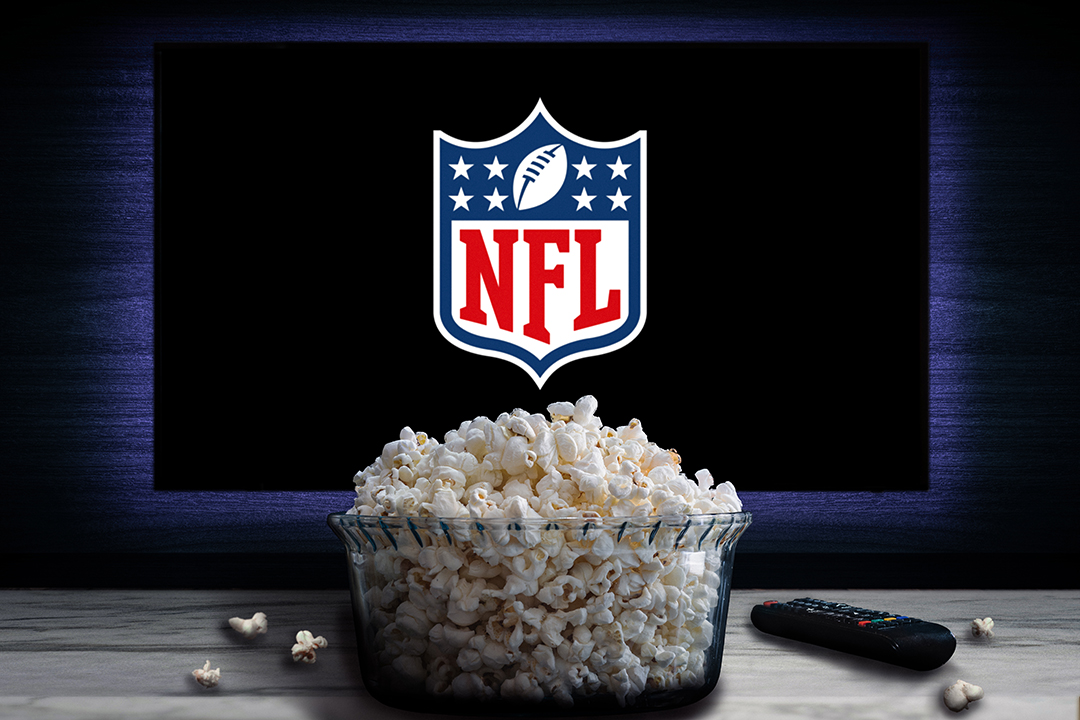The NFL Spikes the Ball in the Endzone After Their New Media Contract!

In our last issue, I reviewed how your bill for access to network channels funnels a lot of money to the National Football League. The NFL recently completed its new eleven-year contract with major networks and the amount of money they will squeeze out of their fans will eventually double. Major networks will continue to broadcast most of the games, but the NFL is expanding the number of games on ESPN and added Amazon Prime to the mix to carry Thursday night games.
The NFL says it likes to keep its games on “free” television channels, but games are only available for free if you receive the signal on your antenna. In 1992 Congress passed the Unites States Cable Television Protection and Competition Act, and like many Acts, it does the opposite of what its name suggests, leaving cable systems at the mercy of broadcasters. The Act gives television stations “retransmission consent” which is the power to ask for cash from the cable systems to carry their channels, which turned “free TV” into expensive bills for cable-TV, YouTube-TV, and Hulu Live. The cable systems have minimal negotiating leverage, so they accept the terms and add the fees onto your bill. Rising cable bills have resulted in “cord-cutting,” where consumers drop the channels and only pay for internet service. Nielsen, the television rating company, reports that watching television using an antenna is a rising trend, with over 18 million people accessing television via an antenna. However, about two-thirds of those supplement their viewing with streaming services such as Netflix. Many households do not get high-quality reception from an antenna and are therefore forced to pay the ever-growing fees to the networks.
The American Cable Association (ACA) is a lobbying group for smaller cable systems that proposes Congress eliminate retransmission consent to make “free television” free again. If the ACA’s efforts succeed, networks will no longer charge cable systems fees. Networks would rely solely on advertising revenues or move their games to non-broadcast channels. This has already happened with games on ESPN and soon on Amazon Prime. However, local fans will still be able to see those games on broadcast stations in their team’s local area. The economics of moving all games away from broadcast channels is unattractive due to the belief that fewer people will be willing to pay enough to offset the losses suffered from retransmission fees. This poses a long-term dilemma for televised sports.
The current trend of cord-cutting shows no signs of stopping, but the major networks are relying on continued growth in retransmission fees to pay the NFL over the next eleven years. Customers are looking for alternatives and NFL ratings have declined a bit in recent years. There is no obvious end game to their strategy, but it seems likely that Congress, at a minimum, will eventually force an ala-cart purchase option for the individual channels. Then each viewer can decide how much they want to pay for sports programming. Americans who love their sports will pay more and those who don’t will pay less.
